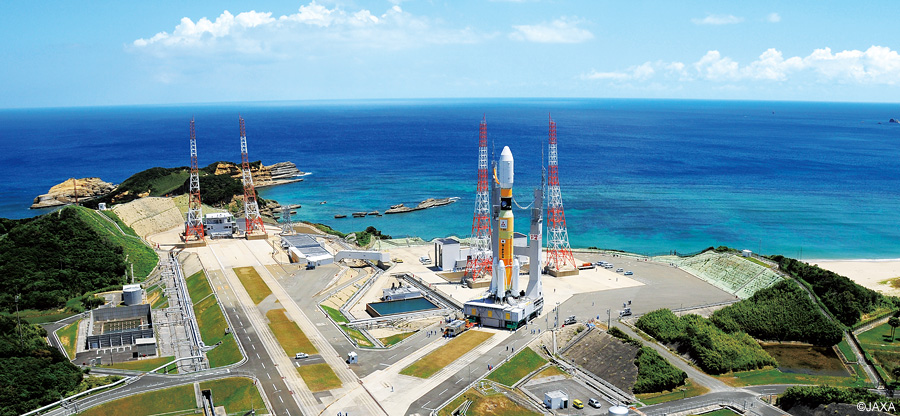The Road to Tanegashima
- By Kevin Boyce
- January 12, 2016
- Comments Off on The Road to Tanegashima
We have a special guest blog for you, by Kevin Boyce, who works on the ASTRO-H mission. ASTRO-H is an X-ray astronomy satellite being built by the Japanese Space Agency (JAXA) – but NASA Goddard is contributing an instrument, called the Soft X-ray Spectrometer (SXS) to it. (Enjoy!)
-Maggie
Tanegashima is 33⅓ hours from DC by plane, but for the SXS team at Goddard it’s been a much longer road.
On February 12 we will launch Astro-H from Tanegashima Space Center (TNSC) on Tanegashima island, Japan. This mission will include the Soft X-ray Spectrometer (SXS), an x-ray spectrometer 30 years in the making. X-ray astronomers have been waiting since the late 1980s for the combination of features this sensor technology brings, and we’re excited to launch it.
When studying objects in space, much (maybe most) of what we learn comes from the spectrum of the things we’re looking at. Thus, making a spectrometer with better resolution has been driving the X-ray astronomy community since its beginnings. Besides spectral resolution, the other key feature is light gathering power. Most X-ray sources in the sky are very dim, so that even with a large telescope you only get a few photons per second. So it’s important to measure every one of those photons, or you will have to observe for months.
Enter the microcalorimeter. A calorimeter measures heat, and a microcalorimeter is just a calorimeter tiny enough to measure the energy of individual X-ray photons. So, since it’s just measuring the heat, a microcalorimeter can measure every photon it collects. (I’m cheating a little here, because at higher energies some X-ray photons go right through and aren’t collected, but it’s still far more efficient than diffraction gratings, the other high-resolution spectroscopy approach.)
The SXS on Astro-H will be the first microcalorimeter to view astronomical sources from orbit, but it’s not the first attempt. For one thing, there have been quite a few successful sub-orbital rocket flights with microcalorimeters, but they only collect data for about 10 minutes. What we want is an observatory that anyone can propose to use, like a Hubble observatory for X-rays. In fact, the Chandra observatory, launched in 1999, is just that. But it is primarily an imaging telescope that can also be used for spectroscopic measurements at lower energies. The SXS is very complementary to Chandra for spectroscopy.
Which brings us to our long road: In 2000, we launched Astro-E, which included the first microcalorimeter instrument. It was intended to be a spectroscopic counterpart to the imaging capabilities of Chandra. Sadly, the rocket failed and the satellite didn’t make it to orbit. So we immediately rebuilt almost exactly the same instrument (with significantly improved microcalorimeters) and launched Astro-E2 in 2005. It did make orbit and was named Suzaku. But due to a problem with its cooling system, the microcalorimeter instrument failed before it could be used for astronomy.
So this is try number three, with a further improved detector, and a much more robust detector cooling system. We’ve been working with our Japanese partners since 2007 getting ready, and now launch time is almost here. We finished the spacecraft environmental testing (vibration and thermal-vacuum testing) in November, and the spacecraft has now been shipped from the Tsukuba Space Center, north of Tokyo, to the launch complex on the southern island of Tanegashima. Testing of the spacecraft has already begun, and will continue until launch here and at the ground station site at Uchinoura Space Center on the larger Japanese island of Kyushu.

The X-ray Astronomy Satellite “ASTRO-H” was revealed to the media on Nov. 27 at the Tsukuba Space Center.
Credit: JAXA
I’ll be writing about this launch campaign as it happens, right here on Blueshift.
You can read more about microcalorimeters on Imagine the Universe.



